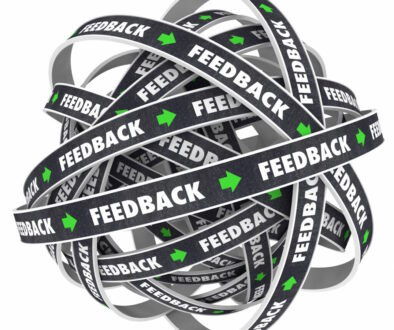 It can be hard to understand why Agile is preferred in some situations, especially to someone who has seen success with classical project management. And don’t get me wrong, there is plenty of success with classical styles in the past, and plenty more in the future. Just as not every flavor of Agile is right for every situation, Agile itself is not going to be right all the time. (Though I content it’ll be right most of the time, and even when it isn’t it has things to offer.)
It can be hard to understand why Agile is preferred in some situations, especially to someone who has seen success with classical project management. And don’t get me wrong, there is plenty of success with classical styles in the past, and plenty more in the future. Just as not every flavor of Agile is right for every situation, Agile itself is not going to be right all the time. (Though I content it’ll be right most of the time, and even when it isn’t it has things to offer.)
One of the biggest benefits is that an Agile project will deliver what is needed before delivering what is wanted.
Of course, we all have “wants” in our projects. We also have needs in our organizations, and while there are times they line up, often they do not. Steve Jobs said, “People don’t know what they want until you show it to them.” Agile processes help us bring wants and needs into alignment.
It comes back to how much planning is done when, and what kind of change control is then implemented. In a rigorous, change-averse, classic setting then what you ask for upfront is what you’ll get. It doesn’t matter if by the time development is done you’ve realized some initial assumptions were wrong, you’ll get what you get and you won’t throw a fit.
The flip side, constantly reacting to one emergency after another, is just as bad. With no overall direction, you aren’t producing a product, you’re fighting a losing battle against a raging forest fire.
Somewhere in the middle is the Agile process that’s right for your organization. Some planning is done to get a big picture idea of what is wanted and needed. Some of it is created and presented for feedback. Lessons are learned, adjustments are made. The project slowly shifts from the initial assumed goal to a better goal, one more in line with true wants and needs at the time the product is released.
Let me help you find the right mix of methods for your organization. Contact me today so we can chat and see where the fit between your organization and my support is.
More
 It can be hard to understand why Agile is preferred in some situations, especially to someone who has seen success with classical project management. And don’t get me wrong, there is plenty of success with classical styles in the past, and plenty more in the future. Just as not every flavor of Agile is right for every situation, Agile itself is not going to be right all the time. (Though I content it’ll be right most of the time, and even when it isn’t it has things to offer.)
It can be hard to understand why Agile is preferred in some situations, especially to someone who has seen success with classical project management. And don’t get me wrong, there is plenty of success with classical styles in the past, and plenty more in the future. Just as not every flavor of Agile is right for every situation, Agile itself is not going to be right all the time. (Though I content it’ll be right most of the time, and even when it isn’t it has things to offer.)




